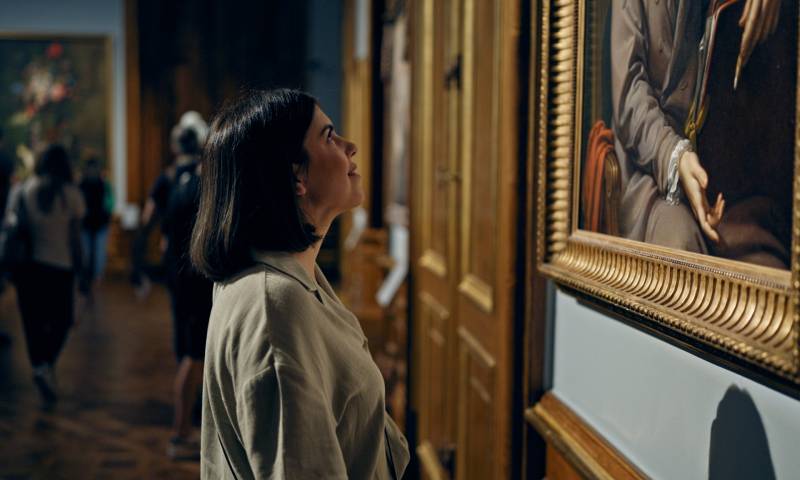How Art Museums Preserve and Protect Their Pieces

Have you ever wondered how art museums preserve and protect their priceless pieces for future generations to enjoy? You’d think that, at this point, those hundreds- or even thousands-year-old works would have crumbled to dust. But most of them are still intact, thanks to the dedicated work of art conservationists and museum staff. They use a variety of techniques and strategies to keep the pieces safe and in good condition for as long as possible.
Storing the Art
One of the most effective ways museums preserve their pieces is by storing them in climate-controlled environments. This means controlling the temperature and humidity levels to prevent any damage from moisture or extreme temperatures.
Some works, like paintings on canvas, are especially sensitive to these conditions. Too much humidity can warp the canvas and cracks the paint. Too dry of an environment makes the paint brittle and flaky. By controlling the climate, museums can slow down the natural aging process of these pieces.
Conservation Methods
Museums also use conservation methods to ensure the longevity of their artworks. These methods can include cleaning, repairing damage, and even restoring a piece back to its original state if necessary.
They can use techniques like sandblasting to restore arts and sculptures by gently removing layers of dirt and grime without damaging the underlying surface of the artwork. For more delicate pieces, conservationists may use a process called consolidation, which involves applying a special adhesive to stabilize and protect fragile materials.
No Touching
When you visit an art museum, you’ll often see signs reminding visitors not to touch the artwork. Art museums may even place barriers around certain pieces to prevent people from getting too close, or display them behind glass cases.
This is because the oils from our skin and other contaminants can easily transfer onto the surface of an artwork and cause damage over time. The less touching and exposure to outside elements, the better chance a piece has at staying intact.
Regular Inspections
Museums also regularly inspect their pieces to identify potential issues before they become major problems. This can include looking for signs of wear and tear or checking for pests that may cause damage. By catching these issues early on, museums can quickly address them and prevent further harm to the artwork.
Collaboration with Experts
Art museums often collaborate with experts in various fields to help preserve and protect their pieces. This can include working with scientists, historians, and other specialized professionals to gain a deeper understanding of the materials used in a particular artwork or to develop new techniques for conservation. Through this collaboration, art museums can continuously improve their preservation methods and ensure the long-term survival of their collections.
As you can see, art museums go to great lengths to preserve and protect their pieces. They understand these artworks hold immense historical and cultural value, and it’s their responsibility to keep them around so we can continue to admire, study, and appreciate them. It’s because of their hard work and dedication that pieces like the Mona Lisa and the Sistine Chapel ceiling are still in such remarkable condition today.
Would you like to receive similar articles by email?





